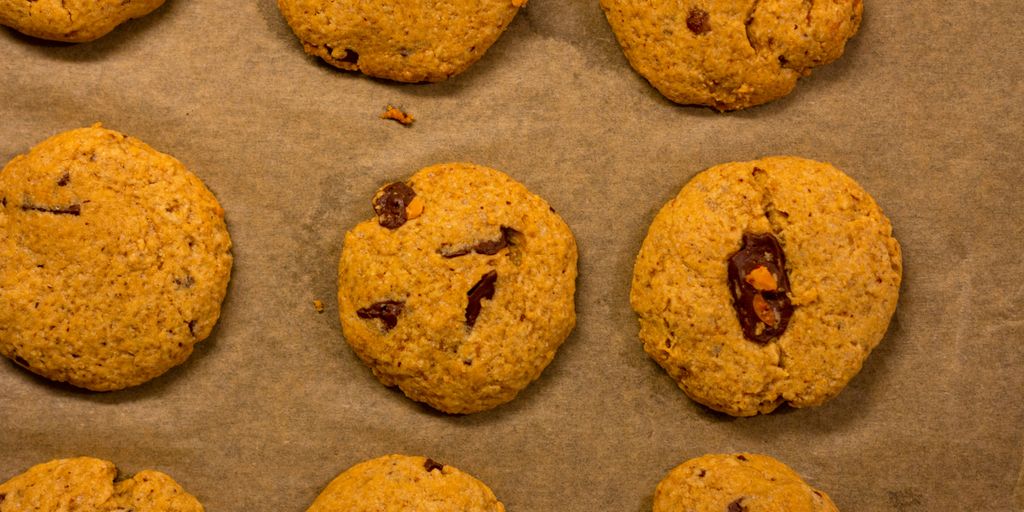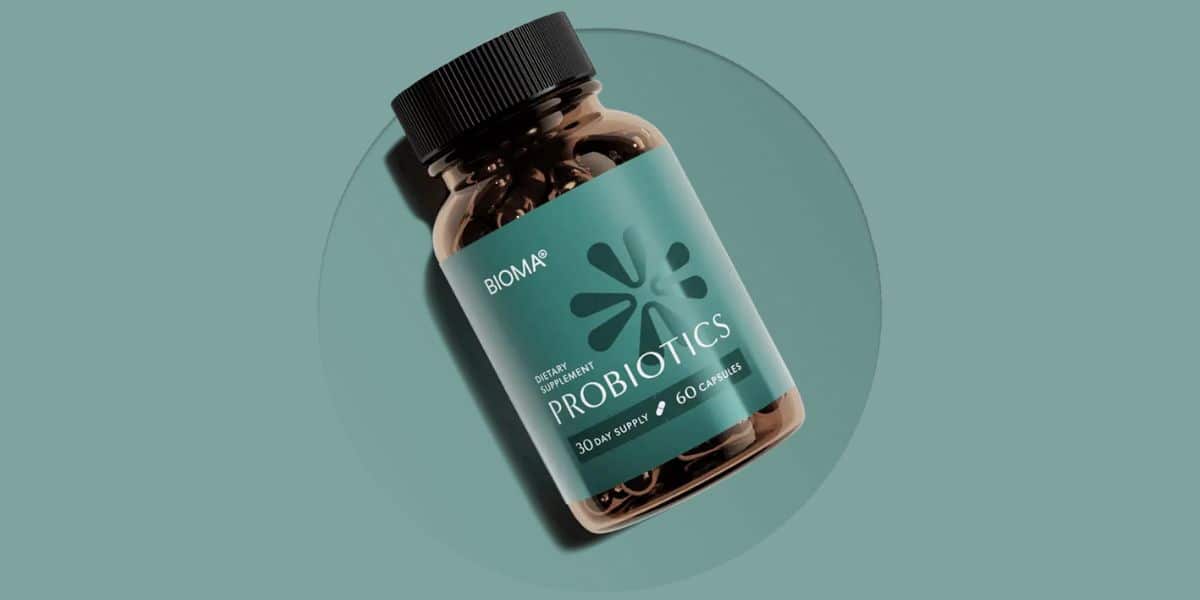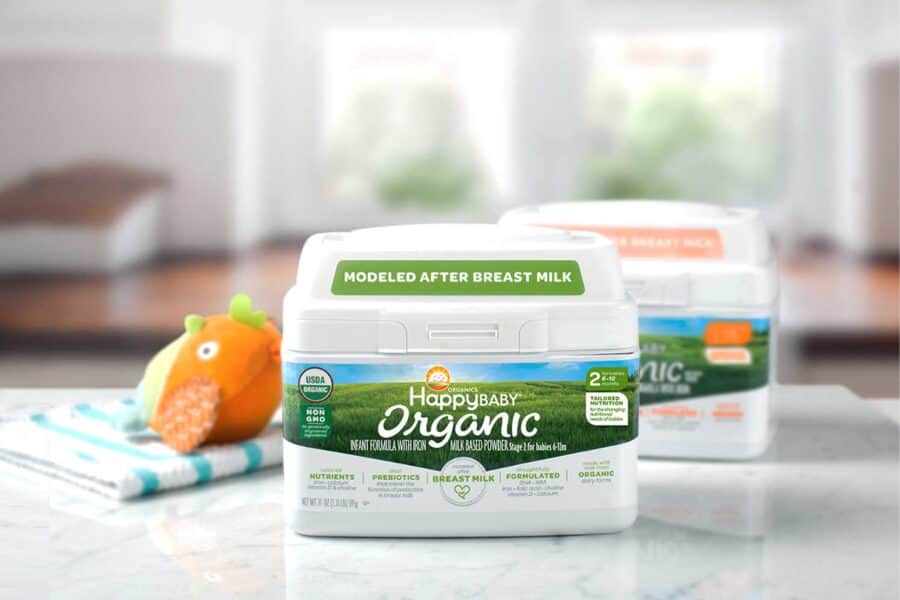Cauliflower Mushroom (Sparassis), is one of the most commonly consumed mushroom for foragers around the world. Resembling a cluster of creamy-white noodles and ruffled petals, the mushroom earns its name from its physical likeness to florets of a cauliflower.
Making raging fans out of chefs, home cooks, food bloggers, and nature enthusiasts can’t be a fluke. So, Ecowiser put its experts in charge of finding what the fuss is really about. They did not come back empty handed. If you’re interested in adding a cool new food item in your daily meal rotation, then cauliflower mushroom can be a formidable option. Here’s everything you need to know it.

What is Cauliflower Mushroom?
Cauliflower mushroom is an edible fungus. It has a mild flavor and unique texture, and is known for its distinctive cauliflower-like creamy-white to pale-yellow appearance.
Despite its looks, it is not related to cauliflower at all. This food item is a proud member of the mushroom kingdom, and a prized find for mushroom foragers everywhere.
Cauliflower mushroom, unlike its traditional counterparts, has a frilly, pale appearance, resembling its namesake. The most notable thing about this mushroom is its delicate flavor profile, with hints of nuttiness and earthiness. Versatile in the kitchen, it can be sautéed, stewed, or grilled.
How to Identify Cauliflower Mushrooms in the Wild?
Spotting cauliflower mushrooms in the wild requires careful observation and awareness of its key characteristics. As you know, foraging mushroom is a gamble. And we want you to be very careful about this. Here are some tips that can help you identify them:
1. Appearance: Cauliflower mushrooms (Sparassis sp.) typically have a distinct, irregularly-shaped, and somewhat convoluted appearance, resembling a cauliflower or a brain. They have multiple branching, creamy-white to pale-yellow clusters. The surface may appear wrinkled or folded.
2. Texture: The texture of this mushroom is unique. It has a firm, spongy texture when fresh, similar to dense cauliflower or bread dough.

3. Color: When young, these mushrooms tend to have a whitish to pale yellow color. As they mature, they may develop more yellowish tones.
4. Location: Look for cauliflower mushrooms near the base of various species of hardwood trees, particularly oak, beech, and maple. They typically grow at the base of the tree or on buried roots.
5. Season: These mushrooms are typically found in late summer to fall, though their exact season can vary depending on location and climate.
6. Smell: Some species of these mushrooms have a distinctive, pleasant aroma reminiscent of apricots or coconut. However, this characteristic can vary among different species.
Please Note:
If you’re uncertain about identifying cauliflower mushrooms, consult reliable field guides specific to your region or seek guidance from experienced foragers or mycologists. They can provide valuable insights and help you differentiate the mushrooms from potentially similar-looking species. Accurate identification of wild mushrooms is crucial for safety. If you’re not completely confident in your identification skills, it’s best to avoid consuming any wild mushrooms.
Is Cauliflower Mushroom Good for You?
Cauliflower mushroom is a nutrient-dense fungus, rich in vitamins, minerals, and bioactive compounds. While its exact nutritional profile may vary slightly depending on factors such as growing conditions and maturity, this mushroom typically provides the following essential nutrients:

Protein: Cauliflower mushroom contains a moderate amount of protein, making it a valuable source of plant-based protein for vegetarian and vegan diets.
Fiber: High in dietary fiber, this mushroom supports digestive health and helps regulate bowel movements.
Vitamins: This mushroom is a good source of various vitamins, including vitamin C, vitamin B complex (such as riboflavin, niacin, and pantothenic acid), and vitamin D (when exposed to sunlight during growth).
Minerals: This mushroom is rich in minerals such as potassium, calcium, phosphorus, magnesium, and selenium, which are essential for maintaining overall health and well-being.
Antioxidants: This mushroom contains antioxidants such as beta-glucans and phenolic compounds, which help combat oxidative stress and inflammation in the body.
Health Benefits of Cauliflower Mushroom

Beyond its nutritional value, cauliflower mushroom offers potential health benefits that make for an incredible addition to your diet. Regular inclusion of cauliflower mushroom can aid with:
Immune Support: The beta-glucans have immunomodulatory properties, which helps in enhancing immune function and provides protection against infections and diseases.
Anti-inflammatory Effects: The antioxidants and bioactive compounds may help reduce inflammation in the body, which is associated with chronic diseases such as heart disease, diabetes, and certain types of cancer.
Digestive Health: The high fiber content promotes digestive health by supporting regular bowel movements and feeding beneficial gut bacteria.
Bone Health: This mushroom is a good source of calcium and other minerals essential for bone health, which helps in maintaining bone density and prevent osteoporosis.
How To Cook Cauliflower Mushroom

Cauliflower mushroom is a versatile fungus. It has meatier texture, and can be substituted for meat/tofu in gravy dishes. It can also be consumed as an add on in salads, side dishes, etc. Here’s three ways you can cook it:
Sautéing: Heat a skillet over medium heat and add a drizzle of olive oil or butter. Slice the mushroom into thin strips or florets and sauté until golden brown and tender. Season with salt, pepper, and herbs of your choice for a simple yet flavorful side dish.
Roasting: Preheat your oven to 400°F (200°C). Toss the mushroom with olive oil, garlic, and your favorite spices on a baking sheet. Roast for 15-20 minutes until caramelized and crispy around the edges. Enjoy as a delicious appetizer or add to salads and grain bowls for extra flavor and texture.
Grilling: Marinate the mushroom in a mixture of balsamic vinegar, soy sauce, and garlic. Grill over medium-high heat for a few minutes on each side until charred and tender. Serve as a savory side dish or as a filling for vegetarian tacos and sandwiches.
These cooking tips and recipes are just a starting point to explore the culinary possibilities of this wondrous mushroom. Feel free to experiment with different flavor combinations and cooking methods to create your own signature dishes.
How to Store Cauliflower Mushroom

As with all kinds of mushrooms, it’s important to be extremely mindful of their preservation and storage, as it prolongs the mushroom’s shelf life, flavor and texture. Whether you’ve harvested the mushroom from the wild or purchased it from a market, proper handling and storage techniques are crucial to maintaining its quality. Here’s all you need to know about how to preserve mushroom:
Cleaning: Gently brushing off any dirt or debris from the surface of the mushroom using a soft brush or cloth. Avoid washing it with water, as it can cause the fungus to absorb water, become soggy, and degrade more quickly.
Trimming: Trim any discolored or damaged parts of the mushroom using a sharp knife or kitchen shears. Removing these areas helps prevent the spread of mold and preserves the overall quality of the fungus.
Refrigeration: Store cleaned and trimmed mushrooms in a breathable container, such as a paper bag or perforated plastic bag, in the refrigerator. Avoid sealing it in airtight containers, as it can cause moisture buildup and accelerate spoilage. Ideally, the mushroom should be consumed within 5-7 days of refrigeration.
Dehydration: If you have an abundance of the mushroom, consider drying it for long-term storage. Slice the fungus thinly and arrange it in a single layer on a dehydrator tray or baking sheet. Dry at a low temperature (around 130°F or 55°C) until crisp, then store in an airtight container in a cool, dark place.
Freezing: Clean and trim the fungus as described above, then blanch it in boiling water for 1-2 minutes to stop enzymatic activity. Drain and cool the mushroom quickly in an ice bath, then pat dry with paper towels. Transfer the blanched mushroom to freezer-safe bags or containers, removing as much air as possible before sealing, and they’re good for up to 6 months.
Summing Up!
Cauliflower mushrooms are delicious, versatile, low in calories and have a very high nutritional density. This makes them a commendable food item that’s worth adding to your everyday diet.
For the adventurous cook, cauliflower mushroom offers endless possibilities in the kitchen. Its delicate flavor and tender texture lend themselves to a variety of culinary creations, from simple sautés to gourmet delicacies. If you can get your hands on cauliflower mushroom, then Ecowiser recommends that you should definitely give it a try.
A fan of mushrooms in general? Check out our guide to puffball mushrooms.
Frequently Asked Questions
Are cauliflower mushrooms edible?
Yes, cauliflower mushrooms are edible and best known for their mild, nutty flavor. However, it’s essential to properly identify them prior to consumption.
How do I cook cauliflower mushrooms?
Sauté them with garlic and herbs for a tasty side dish or incorporate them into pasta, risotto, or stir-fries. Don’t forget to clean cauliflower mushrooms to brush off any dirt or debris with a soft brush or cloth.
Is cauliflower mushroom healthy for you?
While research on the health benefits of cauliflower mushrooms is limited, like other mushrooms, they are low in calories and fat, and have vitamins, minerals, and antioxidants.
Where can I find cauliflower mushrooms?
Cauliflower mushrooms can be found in specialty grocery stores, farmers’ markets, etc. They can also be foraged in the wild, depending on the season and your location.









